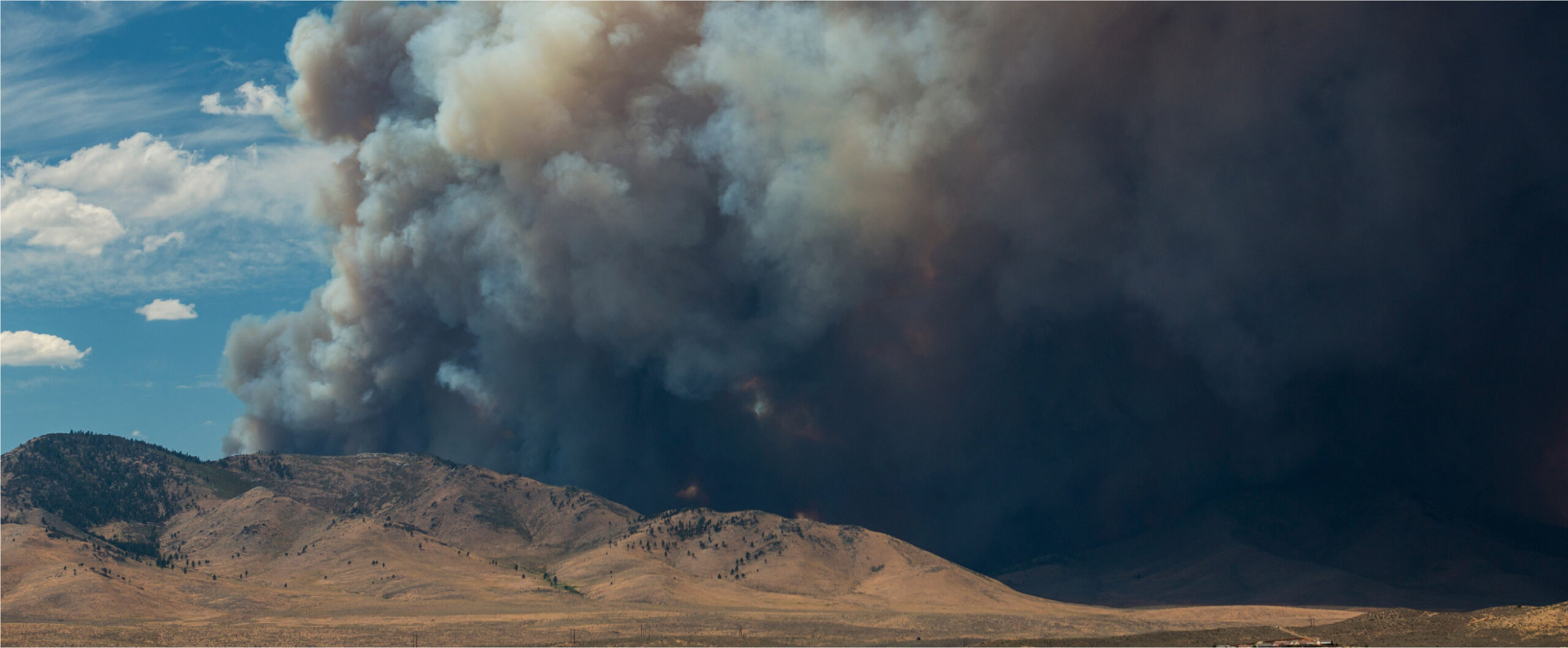By Sissi Liu and Tanya Shirman, Ph.D.
This past summer, wildfire smoke covered large parts of the U.S. and Canada, including areas thousands of miles from the fires themselves. Recall: on June 7, 2023, the second day of that city’s wildfire smoke emergency, New York City had an Air Quality Index rating of 342, making it the most dangerous air of any city in the world (anything above 301 is considered hazardous for all people).
During these increasingly common events, governmental agencies and public health experts often advise the public to stay indoors and adopt indoor air quality improvement measures such as upgrading HVAC filters to protect people from such dangerous conditions. But is this really effective?
New peer-reviewed research by scientists at Metalmark, published in the journal Atmosphere, shows that wildfire smoke consists of particulate matter around or smaller than 0.3 µm (PM <0.3 µm), that these very small particles are found inside buildings, and they escape removal by most HVAC filters. Many studies have shown that particles this small are dangerous given their ability to carry toxins and penetrate deep into lungs. Exposure to wildfire smoke specifically has been shown to increase hospital admissions, cardiovascular and respiratory diseases, and mental disorders.
Industry-standard tests are conducted using inorganic salts and oils to represent air pollutants and typically stop at 0.3 µm, but given its size and compositions, smoke is fundamentally different from those compounds. The chemical composition and size of wildfire smoke particles matter greatly for filter performance. The research shows that synthetic (polymer) electret filter media used by most HVAC filters for residential and commercial buildings do not capture many of these sub-micron particles. While the effectiveness of these filters can vary by manufacturer, they are known to lose efficacy dramatically when used for smoke filtration. In a wildfire emergency, this means most HVAC filters could be ineffective for protecting us.
Filters with fiberglass media, on the other hand, were found to be more consistently effective. However, their use causes far higher resistance to airflow within the HVAC system, thereby decreasing the overall HVAC performance, increasing energy use and costs, and reducing the equipment’s lifetime.
This research highlights the importance of conducting HVAC and filtration research that better replicates real-world condition using appropriate metrics and instruments. For those who own or manage HVAC operations, the application and problem dictate which solution you should choose, so it’s important not to rely exclusively on a generic rating. For example, a dust removal rating tells you very little about smoke filtration efficacy. Finally, if you live in an area impacted by wildfire smoke – and who doesn’t? – consider using filters made with materials that will actually capture these tiny and complex particles without undermining the operation of the systems.

